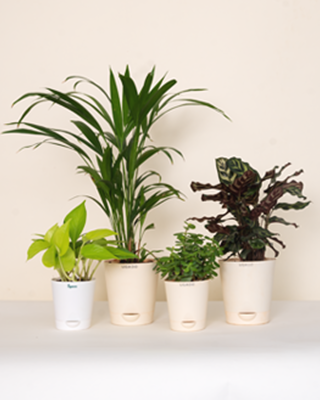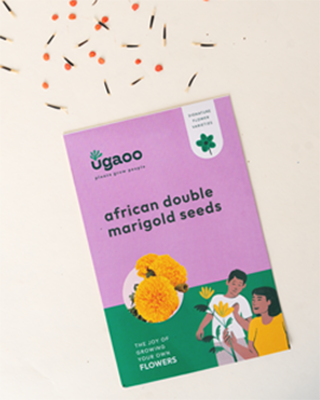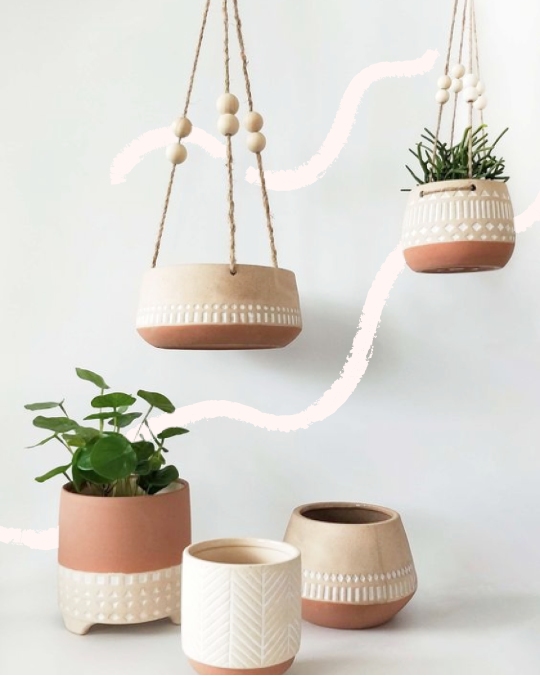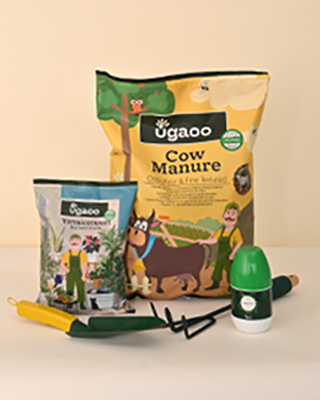In the realm of botany, a group of extraordinary plants exists that have evolved to thrive in nutrient-deficient environments by acquiring essential nutrients from insects and other small creatures. These remarkable organisms are commonly known as insectivorous plants or carnivorous plants. Unlike their green counterparts that solely rely on photosynthesis for sustenance, insectivorous plants have developed unique adaptations to capture, digest, and absorb nutrients from their prey. In this blog, we will delve into the captivating world of insectivorous plants, exploring their types, varieties, and the art of growing these intriguing botanical wonders.
▶Understanding Insectivorous Plants
Insectivorous plants have developed highly specialized mechanisms to supplement their nutritional needs. These plants typically grow in habitats with poor soil quality, such as bogs, marshes, and other wetland areas. The nutrient deficiency in these environments has led to the evolution of various carnivorous adaptations, allowing them to capture and consume insects, spiders, and even small amphibians.
▶Carnivorous Plant Types
➡Pitcher Plants (Nepenthes spp.):
Recognized by their distinct pitcher-shaped leaves, these plants lure insects into their cavity-like traps with enticing nectar. Once insects venture inside, they become trapped due to the slippery walls and downward-pointing hairs, ultimately meeting their demise and providing essential nutrients to the plant.
➡Venus Flytrap (Dionaea muscipula):
One of the most iconic carnivorous plants, the Venus Flytrap is known for its hinged, jaw-like leaves that snap shut when triggered by an unsuspecting insect. The plant then secretes digestive enzymes to break down the prey and assimilate the nutrients.
➡Sundews (Drosera spp.):
Sundews possess glistening, sticky tentacles on their leaves that secrete a substance similar to dewdrops. These droplets attract insects, which become ensnared by the adhesive properties of the secretion. The plant subsequently releases enzymes to digest the trapped insects.
➡Bladderworts (Utricularia spp.):
Aquatic carnivorous plants, bladderworts, have small bladder-like structures on their submerged leaves. These bladders have trapdoors that open when triggered by nearby organisms, creating a vacuum that sucks the prey inside, where they are then digested.
➡Butterworts (Pinguicula spp.):
Butterworts utilize sticky glandular hairs on their leaves to trap insects. Once ensnared, the plant releases enzymes to break down the prey and extract nutrients.
▶The Art of Growing Carnivorous Plants
While cultivating insectivorous plants may seem daunting, providing the right environment and care will ensure their success and longevity.
Follow these essential tips to grow thriving carnivorous plants:
➡Appropriate Soil and Water:
➡Sunlight Requirements:
Insectivorous plants typically thrive in bright, indirect sunlight. Place them near a south-facing window or use artificial grow lights with a spectrum suitable for their growth.
➡Humidity and Temperature:
These plants flourish in high humidity levels, mimicking their natural habitats. Consider using a humidity tray or room humidifier if you live in a dry climate. Maintaining an average temperature of 70-80°F (21-27°C) during the day and slightly cooler at night is ideal.
➡Feeding your Carnivorous Plants:
While insectivorous plants can capture their own prey outdoors, those grown indoors may require supplemental feeding. Offer them small insects, such as fruit flies or pinhead crickets, at least once a month.

Insectivorous plants have an unparalleled ability to captivate us with their unique adaptations and survival strategies. Their diverse forms and mechanisms for capturing and digesting prey are a testament to the incredible diversity of the natural world. By understanding the different types of insectivorous plants and their requirements, we can appreciate and successfully grow these botanical wonders in our own homes.
So, why not embark on an exciting journey into the realm of insectivorous plants? Whether you choose the alluring pitchers of Nepenthes or the snapping jaws of the Venus Flytrap, these captivating carnivorous plants are bound to leave you in awe of the fascinating world of botany. Happy growing!
Read More-
Hosta Plants: Varieties, Care & Tips for Stunning Gardens
All About the Lollipop Plant: A Delightful Addition to Your Garden












